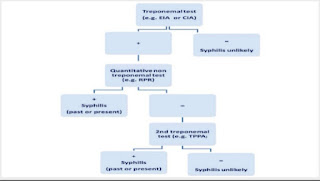Recognizing Pericardial Recesses on CT: A Quick Guide for Radiology Residents
Pericardial recesses are small “nooks” of normal pericardial fluid that become visible on modern thin-slice MDCT. They are completely normal, yet they frequently imitate mediastinal lymph nodes or cystic lesions. Mislabeling them can create unnecessary concern and even affect oncologic staging. Every radiology resident should feel comfortable identifying these fluid spaces confidently.
Why These Recesses Fool Us
• They lie close to major vascular and mediastinal structures
• They can appear as discrete pockets of fluid
• They may be imaged in only one or two slices if thicker cuts are used
Given the stakes in oncology imaging, distinguishing recesses from disease matters.
The Major Recesses to Know
Understanding the organization of the pericardial space is the first step. Two serosal reflections create several recognizable compartments.
Transverse sinus
Located between the aorta, pulmonary artery, and left atrium.
Contains:
• Superior aortic recess
• Inferior aortic recess
• Right and left pulmonic recesses
• Postcaval recess
Clues: Smooth, crescentic fluid hugging the great vessels.
Oblique sinus
The cul-de-sac behind the left atrium and in front of the esophagus.
Pitfall: Hard to tell from subcarinal adenopathy, especially if only mildly distended.
Pulmonary venous recesses
Serosal sleeves that wrap around the pulmonary veins.
Pitfall: A well-circumscribed pocket of fluid near the veins may look like hilar lymphadenopathy.
Key difference: Recess fluid wraps around the vein anteriorly and posteriorly. Nodes typically sit on one side and may narrow the vein.
How to Tell Recess from Adenopathy
A short checklist helps prevent mistakes:
• Is it in a typical location near the great vessels or left atrium
• Does it have a smooth border
• Does attenuation match pericardial fluid
• Does it show continuity with the pericardial space on multiplanar views
• Does it surround the vessel instead of compressing it
If the answer to most of these is yes, think recess.
Why This Knowledge Saves You
A pericardial recess mistaken for a malignant node can upstage a cancer patient. That can lead to invasive tests or altered treatment plans. Residents who recognize these structures protect their patients from unnecessary interventions and maintain diagnostic confidence.
A Simple Rule
If it hugs the vessel, it is more likely a pericardial recess than a node.
Take Home
Modern CT sees more normal anatomy than ever. Pericardial recesses are not pathology. They are an expected part of the pericardial space, and knowing them well keeps your reporting precise and your staging accurate.
-Dr. Upasana Y



Comments
Post a Comment